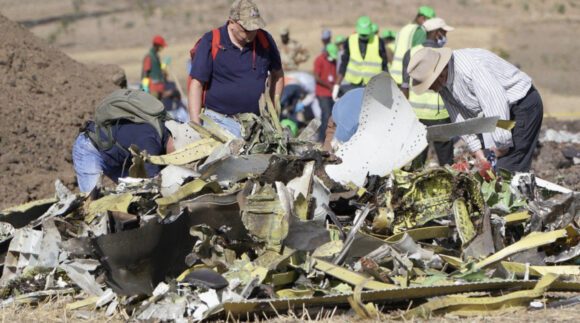There is much debate about market need for VLAs (defined as an airplane with >400 seats). The argument goes back to the time when Airbus decided on the A380 and bet on the need for the VLA (demand for hub to hub traffic) while Boeing’s bet was on the 787 (fragmenting routes reducing hub to hub traffic). It turns out that both strategies are working.
JAL is using the 787 to open many new cities on the US west coast. We fully expect this sort of deployment of the 787 to grow. Avoiding a hub on a long trip clearly offers substantially better transit time. Moreover long flights on a relatively small airplane like the 787 are far more comfortable than on the 767 it replaces. The 787 offers better passenger comfort because of its improved cabin pressure which reduces the impact of jetlag. Moreover the 787 offers airlines compelling economics. Consequently airlines are interested in growth versions of the 787, especially the much awaited 787-10.
But the other side of the argument, the pro-VLA proposition, is also attracting attention. We are seeing VLAs do routes that were unexpected. For example Emirates’ service to Manchester. Secondary cities were not considered in the hub to hub strategy. Yet it seems to work. A VLA attracts traffic – just like the 747 once did. VLA operators are finding the A380 creates opportunities. Which is why the biggest A380 customer, Emirates, wants another 30 of these airplanes. And today the A380 launch customer, Singapore Airlines, confirmed it wants another five. Singapore Airlines has placed three consecutive orders for the A380, making it the second largest customer of the A380, and now has 19 A380s in service.
To date 262 A380s have been ordered from 20 customers – add the pending Emirates order and we are close to 300 VLAs orders. (Typical 747-8I configurations are under 400 seats and do not count as VLAs) Rolls-Royce forecasts demand for approximately 750 VLAs between 2012 and 2031. The Japan Aircraft Development Corporation forecasts 675 VLAs will be sold through 2031. Airbus forecasts market demand for an estimated 1,300 VLA aircraft. Boeing forecasts ~790 VLA orders.
Airbus’ number might be ambitious, but averaging the other three forecasts we have an expected market of 738. Consider that with ~300 VLAs sold, airlines have already reached 41% of the average forecast with another 18 years to go. The market could easily exceed the 738 average forecast. When Boeing offers its 777-9X, which is expected to seat over 400, it will be counted among the VLAs. We believe Boeing will sell many 777-9s which means the average VLA forecast of 738 needs grow substantially. Perhaps not to Airbus’ 1,300 but certainly 1,000 is not beyond belief.
Consequently while we see growth in the “hub-buster” strategy enabled by airplanes like the 787, A330 and A350, the hub to hub market remains fundamentally sound. Big cities won’t shrink and they cannot add runways (as London demonstrates) so optimizing capacity demands larger airplanes. Half the world’s 30 busiest airports already have VLA service. As secondary cities grow (like Manchester and Melbourne which have VLA service) they become target markets for the VLAs. Ergo the VLA has a bright future.
Views: 0




Although much is made of the good story that the A380 and 787 was a climactic battle where Airbus and Boeing betting the farm on the ‘future of airliners’, it was always going to be the case that both types would be needed.
Neither Boeing & Airbus could handle making a VLA and a 767/A330 size replacement at the same time (right call given how it has played out), but the 747-8i, a possible 777X and the A350 projects mean that both manufacturers will end up with both offerings.
The rate of growth in air travel is likely to be faster than that of infrastructure and everyone doesn’t want to pay a premium to go point-to-point between secondary airports. The 787 may have better economics, but it is still an expensive aircraft – ownership costs eat away into the operational cost benefits.
If I’m a serious global long-haul airline, in the business of moving a lot of people around the majority of the globe then I’m going to like the flexibility I get from having a mix of VLAs and smaller widebodies. This is reflected in current orders and will continue into the future.
Demand for both VLAs and LAs will remain strong as long as people still want to fly, especially when considered over the medium/long-term.